
MUKSINOV Ravil Munirovich...
The Kyrgyz Republic is a country of Heavenly Mountains, stunning nature, and hospitable,...

Ballet "Selkinchek" The production of "Anar" marked the beginning of the...

Pike Asp Status: 2 [CR: A]. Listed in the Red Book of the Kyrgyz SSR in 1984. A rare...
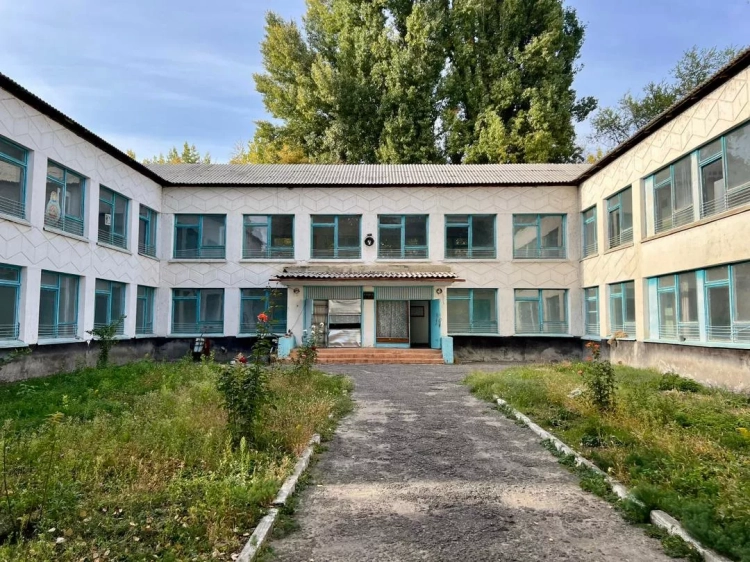
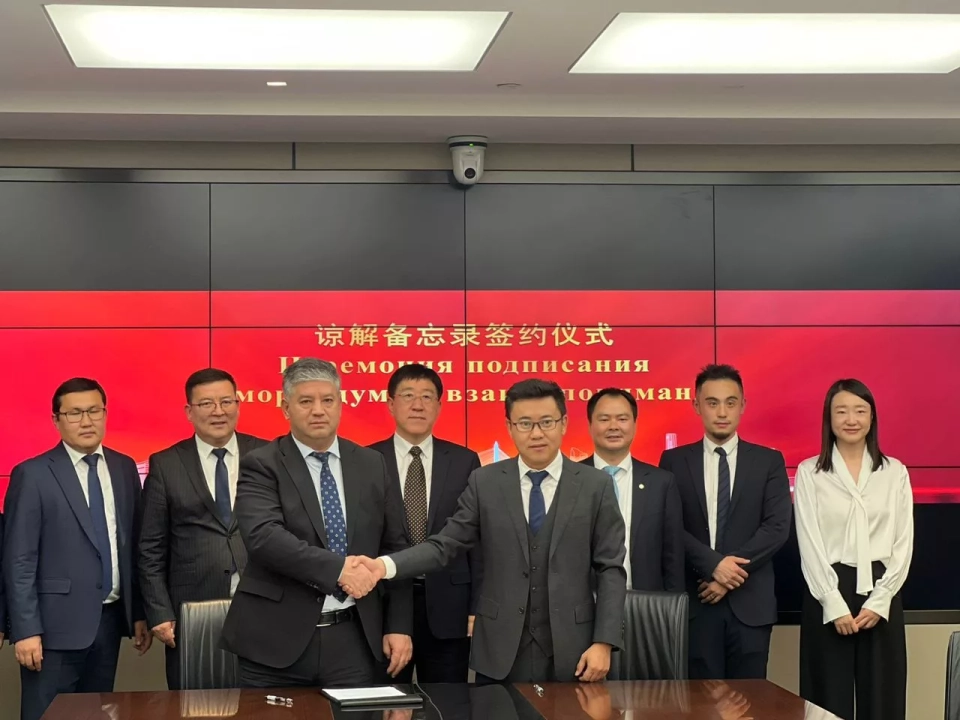
Ordo Sakhna – The Folk Ethnographic Theater. Biography. The folk ethnographic theater Ordo Sakhna...
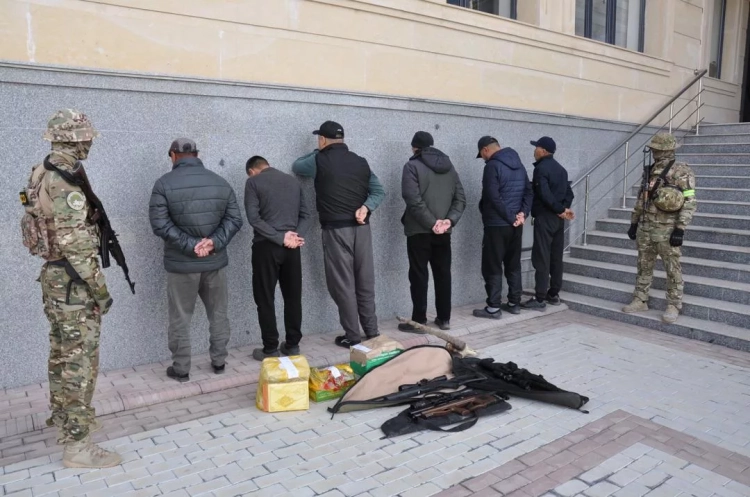
On October 15, 2025, searches were conducted in the homes of members of the banned extremist group...
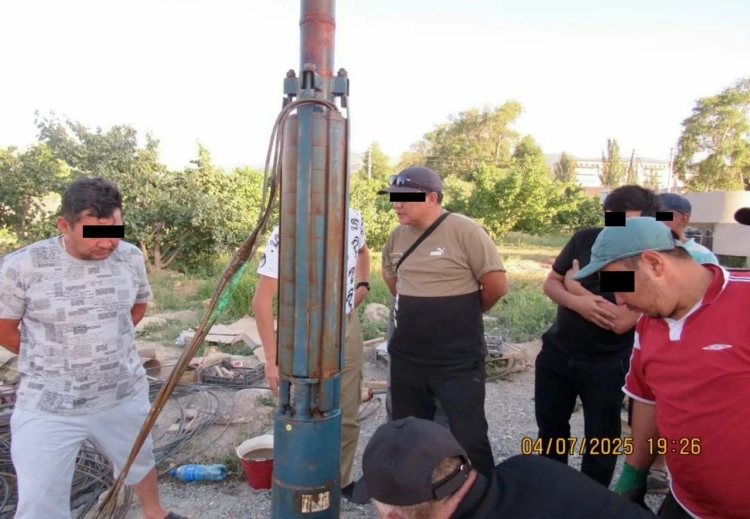
The State Committee for National Security (SCNS) of Kyrgyzstan confirmed the fact of abuse of...
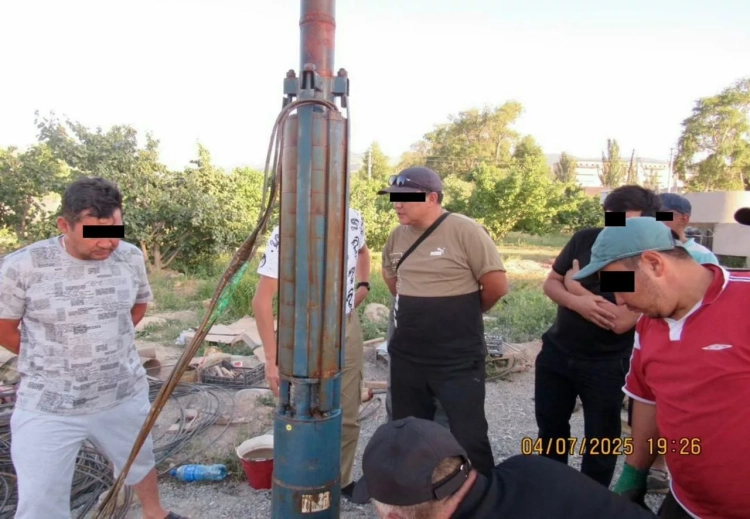
The State Committee for National Security of Kyrgyzstan reported the discovery of abuse of...

According to the results of the State Committee for National Security of the Kyrgyz Republic, a...

During the investigation, it was revealed that the lottery organizers created fake drawings,...

From May 28 to June 5, 2015, a youth festival "Kyrgyz-American Hip-Hop Fest 2015" will...

During the investigation, it was established that 19 teachers were involved in this illegal...

Bishkek resident Nursultan Alibekov won the online voting of the "Guy of the Month"...

The series of stamps was presented on October 16 in Bishkek during an event dedicated to World...

Body cameras will be used during inspections, searches, and interactions with business entities....

During the trip led by the expedition team, measures taken by the authorities of Badakhshan to...
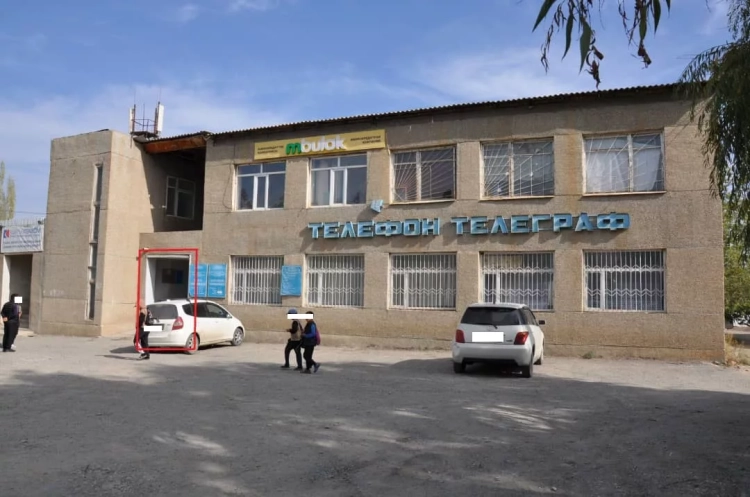
According to the GKNB, the return of the building and the plot of land occurred as a result of...
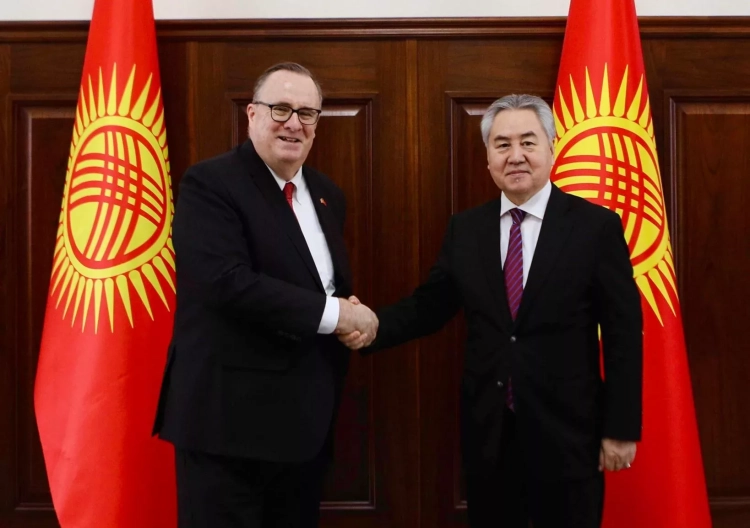
Key issues regarding cooperation between Kyrgyzstan and the USA, as well as interaction within the...

In order to enhance road safety and reduce the number of traffic accidents, as well as to regulate...

Desert Long-eared Bat Status: Category VII, Lower Risk - Least Concern, LR/lc....
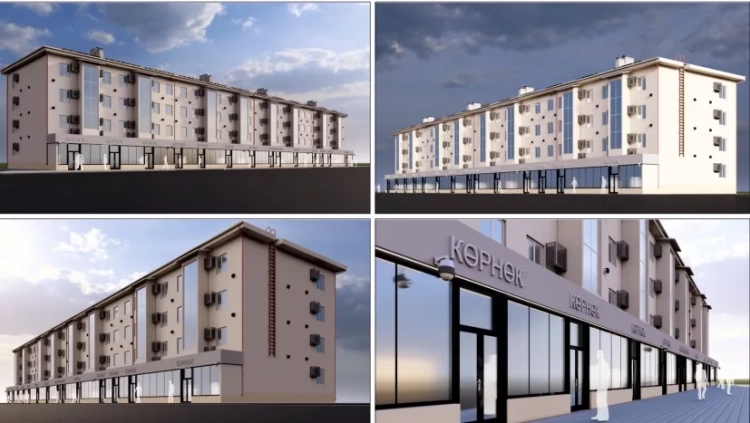
In Bishkek, the main architectural inspection, operating within the Department of Urban Planning...

Nifadyov Vladimir Ivanovich (1947), Doctor of Technical Sciences (1993), Professor (1995),...
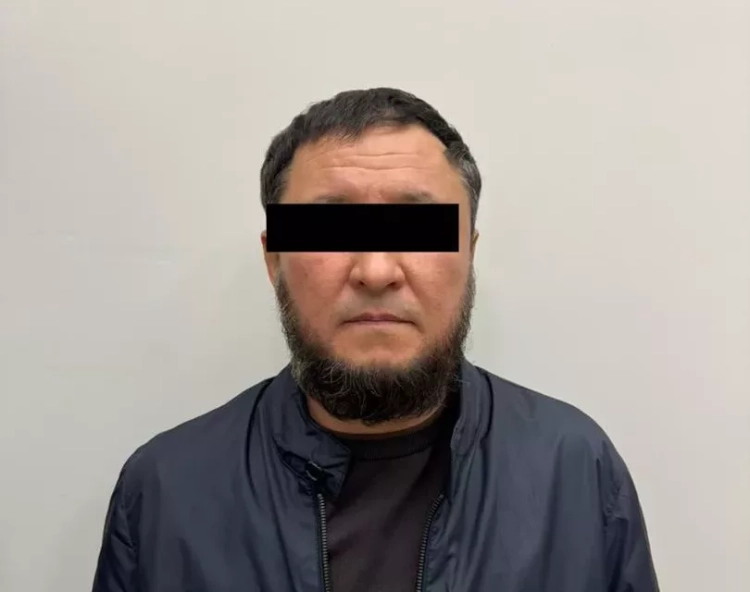
During the arrest, S.D.O. was found in possession of a firearm, specifically a Makarov pistol, as...

Tapered Net-cap (Dictyocephalus attenuatus (Peck) Long et Plunkett). Status: VU. A very rare...

In the history of the 16th century, Tagay Bi was celebrated under the name of the great figure...

On April 16, 2014, a press conference was held at the "Kabar" news agency regarding the...
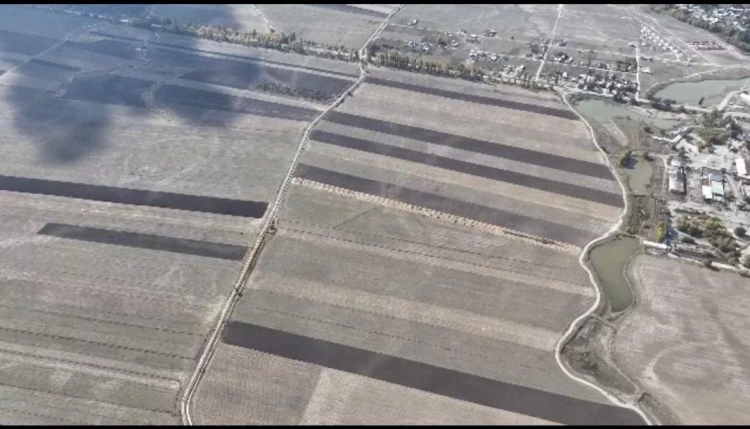
The investigation by the State Committee for National Security (GKNB) revealed that a significant...

During investigative and operational activities, the fact of receiving 200 thousand US dollars by...
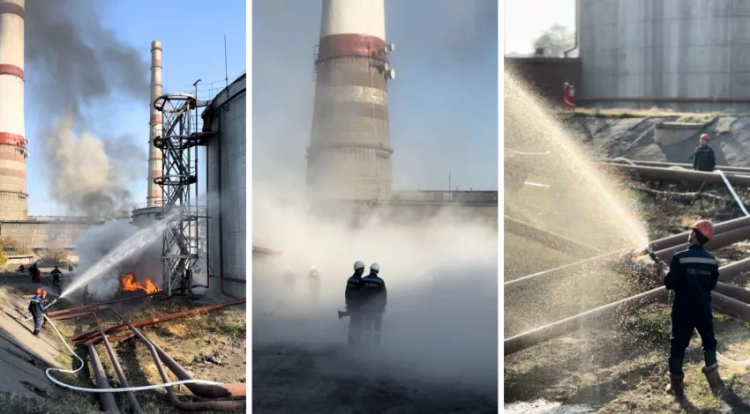
Command-staff exercises at the Bishkek CHPP were held as part of the country's civil defense...
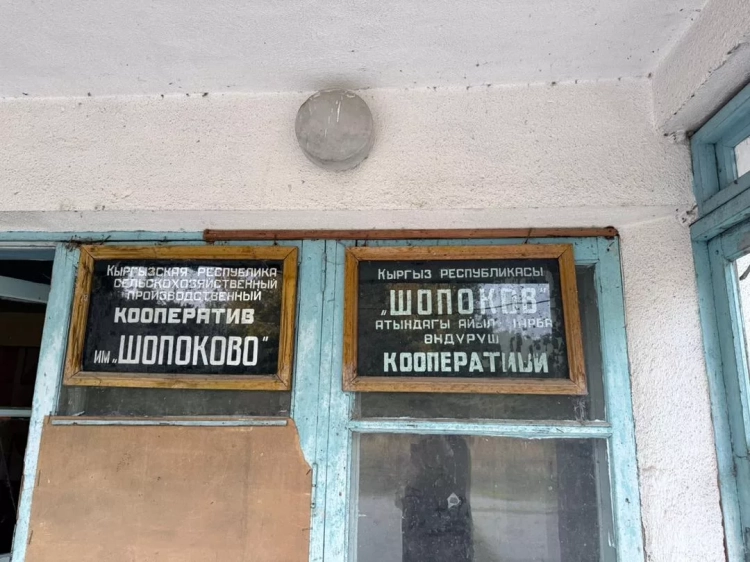
The State Commission for Combating Corruption of Kyrgyzstan reported the return of social...
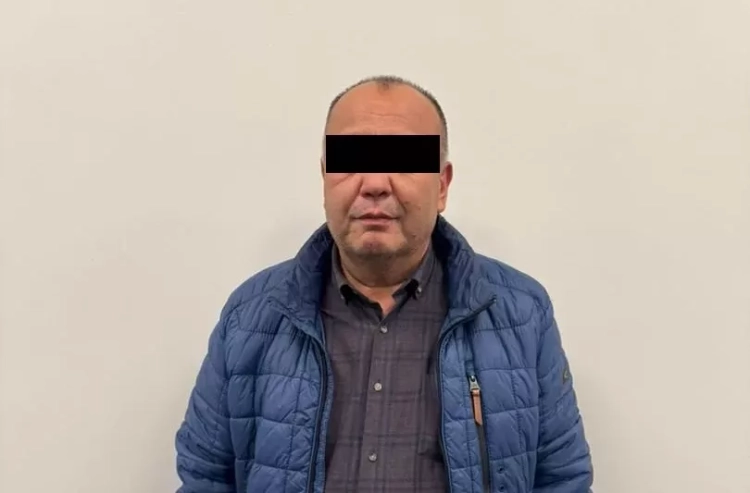
During the searches conducted both at the premises of the branch of the State Enterprise...

Semenov’s Fir-tree Status: VU. A relic endemic of the Western Tien Shan. Ornamental....

On May 31, the "International Heritage" festival will take place in New Jersey (USA)....
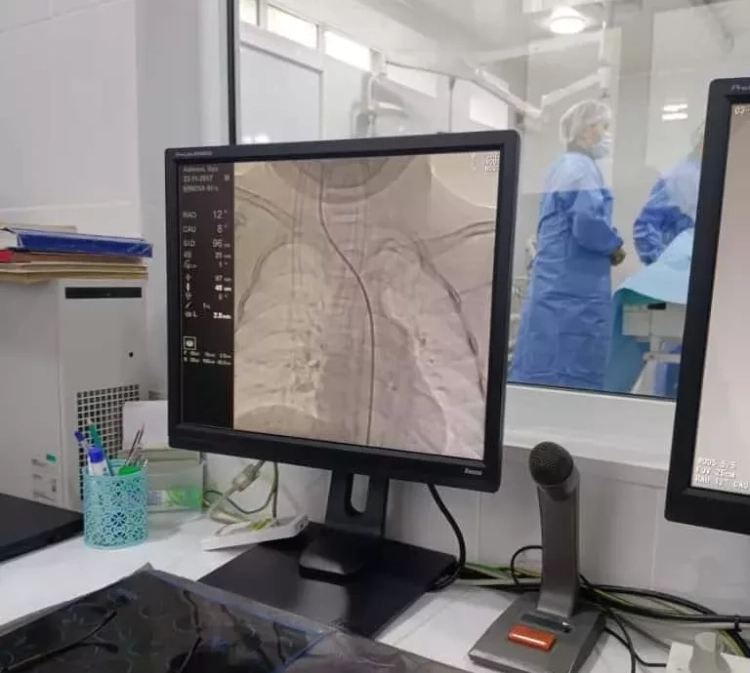
The operations were performed in a high-tech angiographic operating room using modern...

A very sad young man approached the wise elder. - Help me, elder. I have a yurt, but my family is...
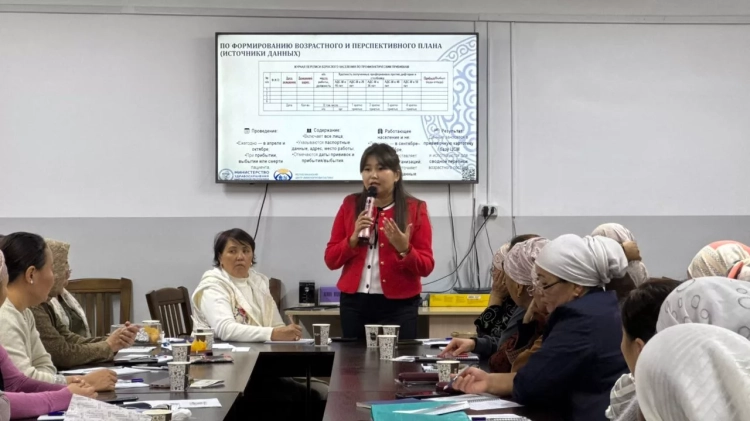
As part of the training, healthcare workers will gain knowledge on how to effectively catch up on...
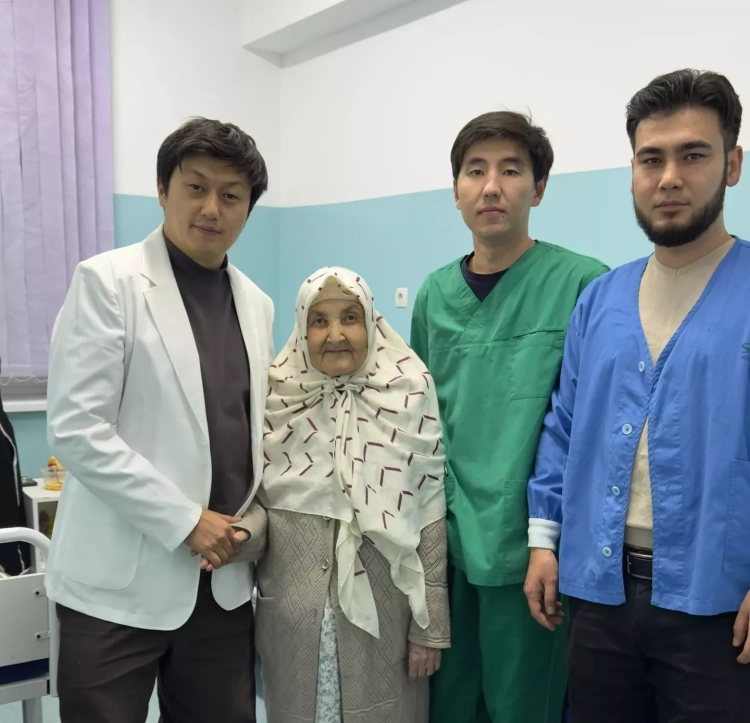
In early October 2025, an innovative transcatheter aortic valve implantation (TAVI) surgery was...
On the second day of the exercises, a simulation of an ammonia leak occurred in the chemical...
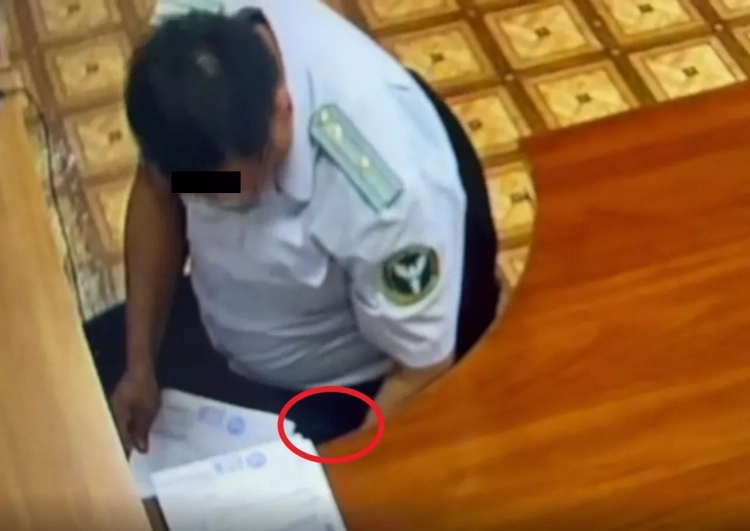
According to reports from the State Committee for National Security (SCNS) of Kyrgyzstan, facts of...

Now, a "Unified Passport" will be placed at all construction sites, which will help...
“Our goal is to maintain the status of a city with green spaces”...
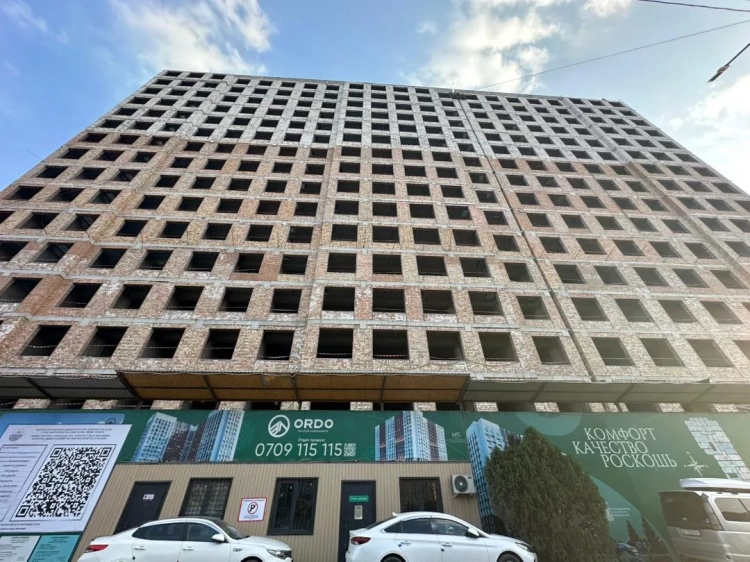
In Bishkek, at the address 12 A. Ogonbaeva Street, violations have been identified in the...
Violations were detected at the construction site A complaint was received by the ministry...

On the map, the island located off the southern shores of India looks like a drop. Reference books...